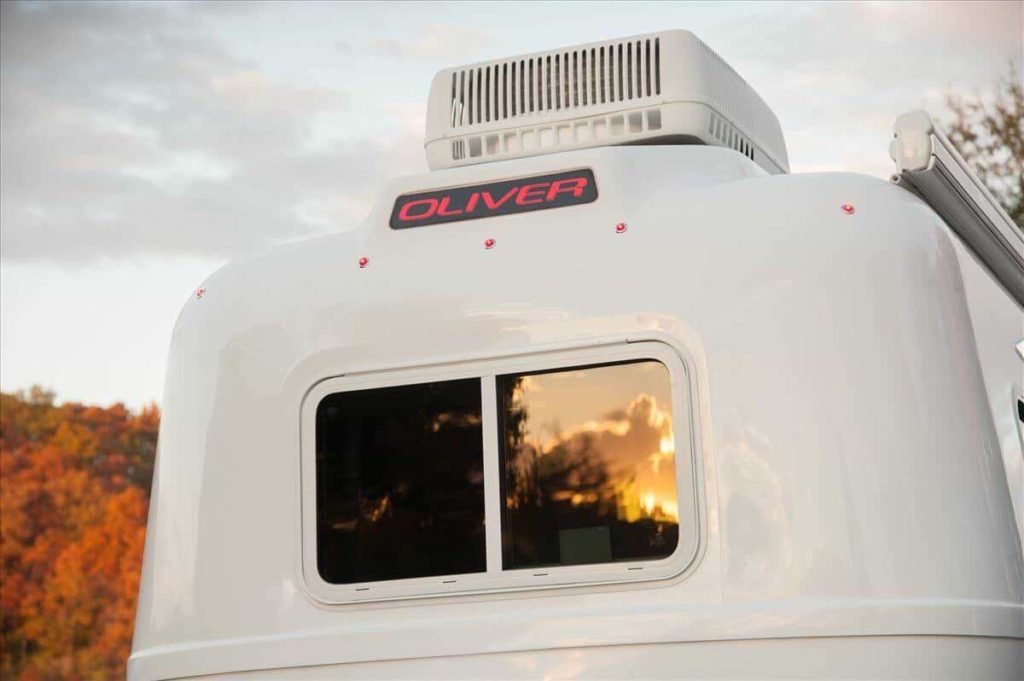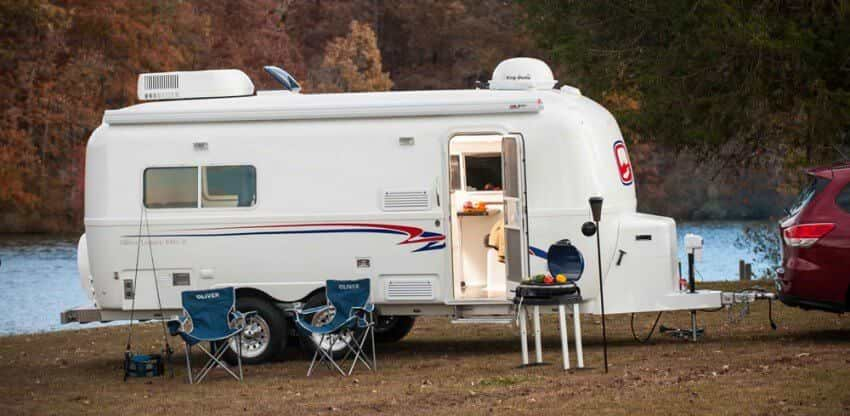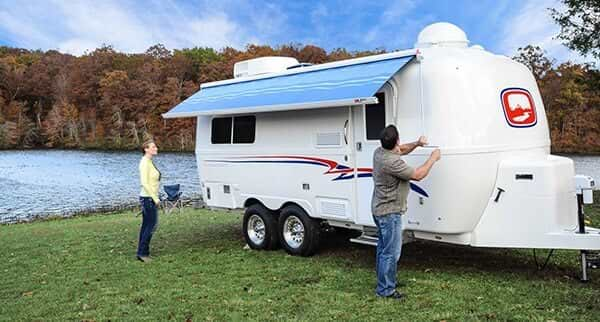Fiberglass RV Maintenance
Most RVs on the road these days are made from fiberglass or fiber-reinforced plastic (FRP) as these materials weigh less and are durable and dependable, which is essential when traveling over long distances. As a Fiberglass RV Trailer owner, you must know the hefty maintenance these big-ticket items demand and the utmost diligence required to care for them. Because of their behemoth proportions, immaculately cleaning an RV and restoring it to its former glory often goes neglected. Here’s our guide on Everything you need to know to take care of your Fiberglass RV yourself.
Fiberglass Shell Maintenance

To render a smooth and glistening finish to your fiberglass RV, a translucent or colored gel raisin material is smeared as a coat. This coat is durable but is subject to dullness and fading as it weathers. Exposure to harsh sun glare, heat, and moisturized air are culprits in oxidizing the gel coat and making it appear cloudy. Waxes and polishes may reinstate some of the shine but may not last more than a month, as crevices and microscopic pits form in the gel coat layer from oxidation.
The wax forms a protective layer between the oxidizing elements and the gel coat layer. However, after a while, the wax wears off, and the coat is exposed again. You must remove the oxidation and reapply the wax whenever necessary. Your RV needs to be washed with an adequate car wash once a month, but refrain from using acidic, alkaline, or ammonia-based cleansers to clean the fiberglass RV, as they tend to darken white gel-based coats.
Certain polishes comprised of abrasive substances are a better option as they rub off oxidation and replenish resplendence by removing scratches, stains, and severely weathered paint. Polishes can be applied by hand or via electrical conduits such as electrical or pneumatic buffers. They are devoid of protective substances and thus need to be finished off with a layer of wax. However, waxes and polishes only work for fiberglass RV exteriors with none to moderate oxidation.
Elbow grease and a polishing compound (or any other liquid abrasive) can clean moderately oxidized fiberglass. You must rub the oxidized layer with a polishing compound or oxidation remover. Let the product dry, then peel off to reveal the clean, shiny layer beneath. Top it off with a layer of wax to protect the fiberglass surface from environmental elements and enhance the gloss.
Dealing With Extreme Fiberglass Oxidation

As a fiberglass RV ages, it can suffer from significant damage and dullness. Even professional products may struggle to restore their luster and sheen. However, the wet sanding process, when executed with care and attention to detail, can effectively deal with this damage. While time-consuming and requiring perseverance, this process can remove blemishes and bring back the RV’s original beauty. Sanding paper with a range of 600 to 2,000 grits, soaked for 24 hours, is the key to this restoration.
Once the wet sanding process is complete and the surface is smooth to the touch, the next step is polishing. This is where high-grade super-duty polishing compounds come into play. Some products may require 3 to 5 applications to achieve the desired finish. If you feel uncomfortable doing this at home, remember that professional help is always available at a body shop, ensuring your RV’s restoration is in capable hands.
In extreme cases, RV owners witness strands of fibers coming apart at the surface. Employ a pair of tweezers to pull apart the fibers from the surface and see if you succeed. If you do, your Fiberglass RV is encountering an erosion problem. You can take your RV to a body shop and have the professionals paint it thoroughly. A better choice is to have the surface re-gel coated. The most recommended product for this task is called PRESTEC by Simtec Coatings. Re-gel coating takes the same time as painting, and the cost is the same. Re-gel coating lasts longer than painting and promises better results.
It is known as imprinting if you cannot pull the fibers apart from the surface using tweezers. This happens when the fiber forms a thick impression during the layup phase of production. The process to remedy the irregularity is called blocking and color sanding, and it is cost-effective but laborious. You need to acquire wet and dry sandpaper and a sanding block with padded blocking. Additionally, consult a respectable body shop and gain their insights on the best procedure for your RV.
RV Washing Tips for Mild Oxidation

Once the fiberglass begins to oxidize and turn chalky, it starts absorbing dust. This makes washing and waxing harder. Traditional RV washing products would be ineffective at removing the embedded dust from the oxidized surfaces. Use a spray bottle to pump a degreasing agent on the wet surfaces of the fiberglass and rub laboriously. These heavy-duty cleaners would help get rid of the black oil drip strains.
Precautionary Care

Protect your Fiberglass RV from irreparable damage by washing it once a month to prevent buildup. Choose a cleaner with a wax additive to help with a clean finish and make dirt harder to settle. It is prudent to have your RV waxed, with liquid or paste wax, at least once a year to maintain the gloss. If you have bought a used rig that has begun to show signs of aging, use a fiberglass restorer to finish off the shine, although it is not a permanent solution.
Extreme sunlight, air pollutants, excessive moisture, and parking under a dirty tree can severely affect your camper. Try keeping the travel trailer out of the sun, preferably indoors, when not in use, and prevent the UV rays from dulling the gel coating. If a small and inconspicuous fiberglass area is damaged, cover it with duct tape ASAP to prevent water from getting in and worsening the situation.

